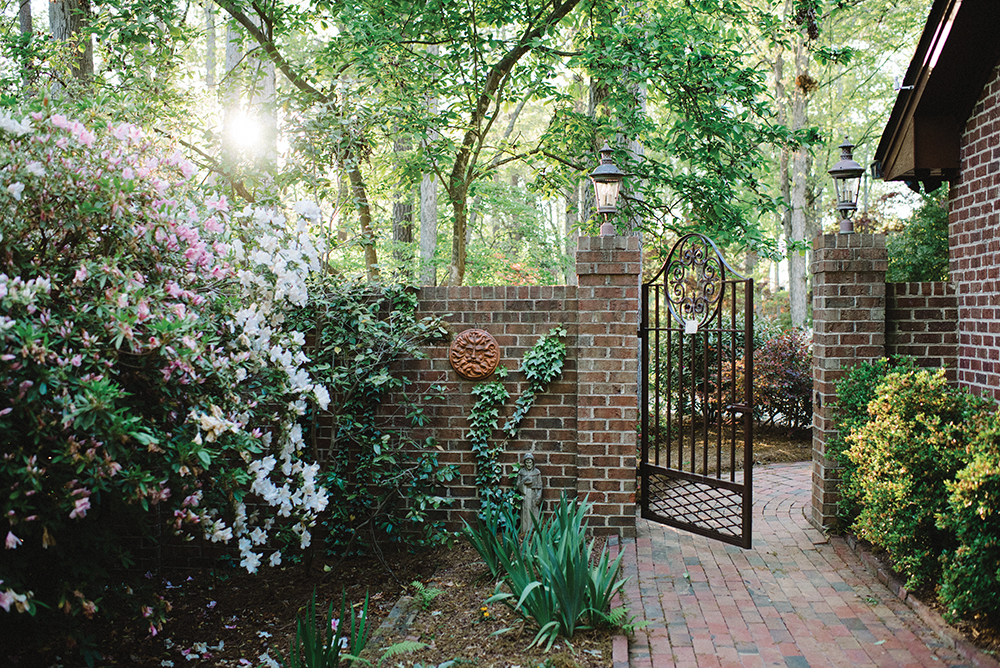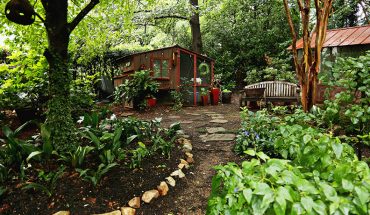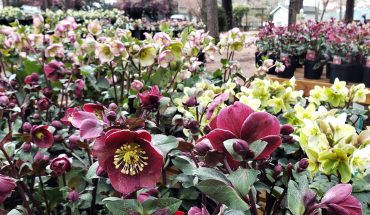Forage berries, buy azaleas, start summer vegetables, and enjoy the start of longer, warmer days that make ignite spring in North Carolina.
by Mark Boone
What’s not to love about April except perhaps having to pay taxes? But, this year even the IRS deadline has been pushed off until May. Our Zoysia lawn goes from brown to emerald in April. And, just like our lawn preparing for summer growth, April is a time to prepare for the harvest ahead. King Solomon in his wisdom said there is a time to reap and a time to sow. I take his advice to mean April is the month to sow. The work done in April will provide a wealth of benefits not just during spring or summer but throughout the entire year. Some things on my to-do list require real honest-to-goodness work. Others are just fun. Here’s what I focus on each April.
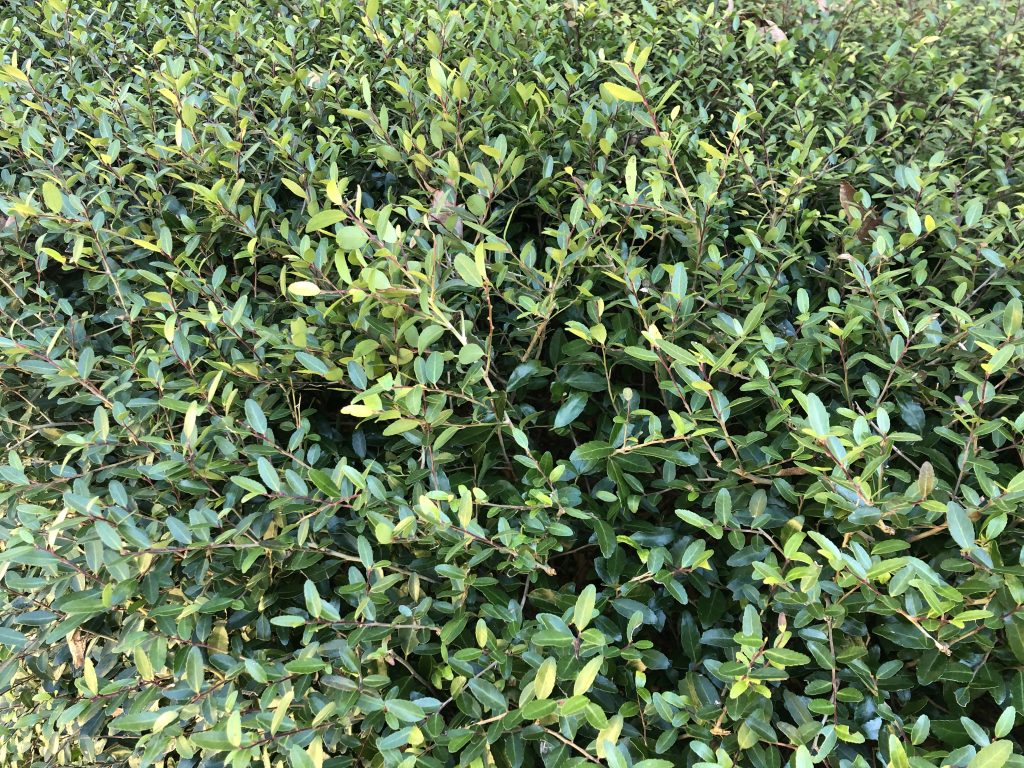
Make some Yaupon Holly tea.
You likely have Yaupon Hollies growing in your yard. They start earnestly leafing out in April and need to be trimmed to keep their shape. Would you know those little leaves make the most delicious subtly floral, earthly tea one can imagine? Just ignore the Latin name Ilex Vomitoria. That name was most likely given to the plant as a nod to the English East India Tea Company in the late 1700s (which did not take kindly to the competition our NC Native caffeine plant offered their products.) For me, roasted Yaupon leaves provide a perfect ratio of stimulating xanthines including caffeine, theobromine, and theophylline which release slowly into your bloodstream when brewed into tea. To prepare the tea, roast the holly leaves in the oven on a cookie sheet for around 30 minutes at 350 degrees F. If you like your tea darker or lighter, adjust the roasting time, depending. Use the roasted leaves with hot water however you brew your tea. I have not tried making yaupon holly Kombucha yet but imagine it refreshing. If your hollies are like mine, a single April pruning can provide enough leaves to make several months of tea.
Fertilize your Camellias
Usually, by early to mid-April your camellias will have quit blooming. Start preparing for next year’s blooms by picking off all the faded flowers and raking up the flower petals which have dropped from the plant. Cleaning up around your camellias helps prevent blight and removing the spent blooms will keep the plant from using its energy to make seeds. Use a balanced fertilizer like 8-8-8 or 10-10-10. Too much nitrogen will burn the leaves and cause them to drop off. Rake the mulch back from around the plant and spread around a ½ pound of slow-release fertilizer around the root zone. I use my rake to work the fertilizer in the top inch or so of the soil before I replace the mulch and water the fertilizer in. Camellias like the soil to be on the acidic side between 5.0 and 6.5 pH. My dad used to save his old nails and stick them in the ground around his camellias so they would rust and give the plants an extra dose of iron if you can believe it! I cannot personally attest to whether any of the old nails ended up in tires, but his camellias were always beautiful.
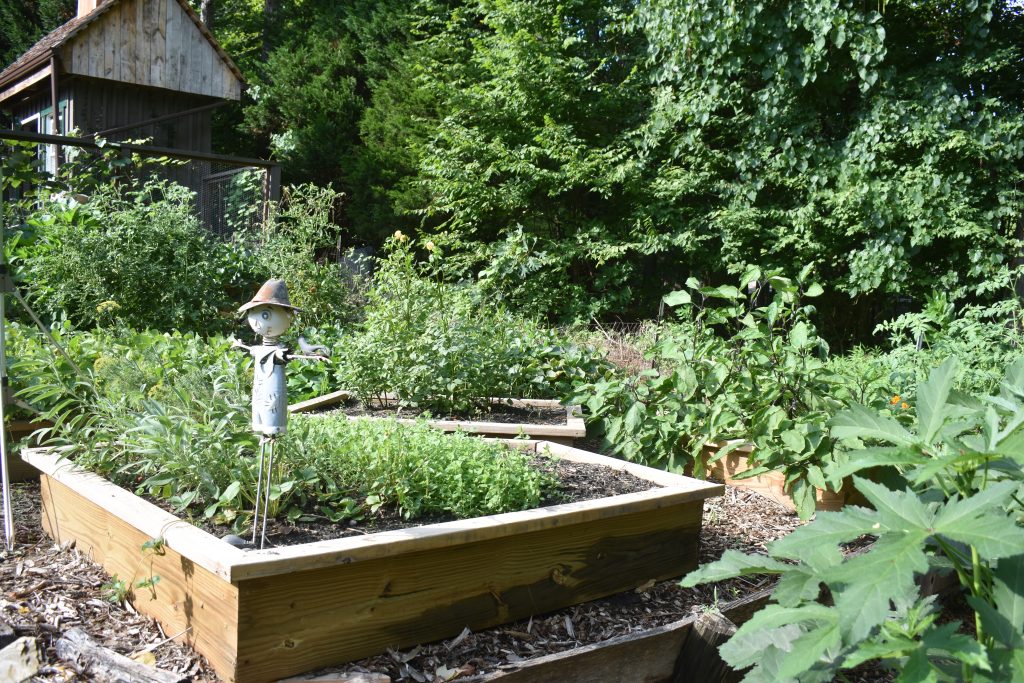
Transplant Started Vegetables
If you have lettuce leftover from your winter garden it is time to add more salads to your menu before it bolts. Picking the lettuce in the next several weeks will free up space for summer vegetables. I like to get a crop of Swiss Chard going as soon as possible. When night temperatures are higher than 50 degrees it’s time to transplant warm-season vegetables outside. If you have been filling your Costco rotisserie chicken containers with potting soil and using them as mini-greenhouses, this is the time to get those tomato plants that have sprouted on your windowsill into the ground. I use April 15th as my safe date to no longer worry about frost. If you haven’t started seeds in your hoop house the big box and garden supply stores almost all have great selections you can buy. I look for transplantable vegetables in 1” x 1” six-packs rather than 3” or 5” pots. Vegetables grow so fast for me the bigger pots are not a good use of money.
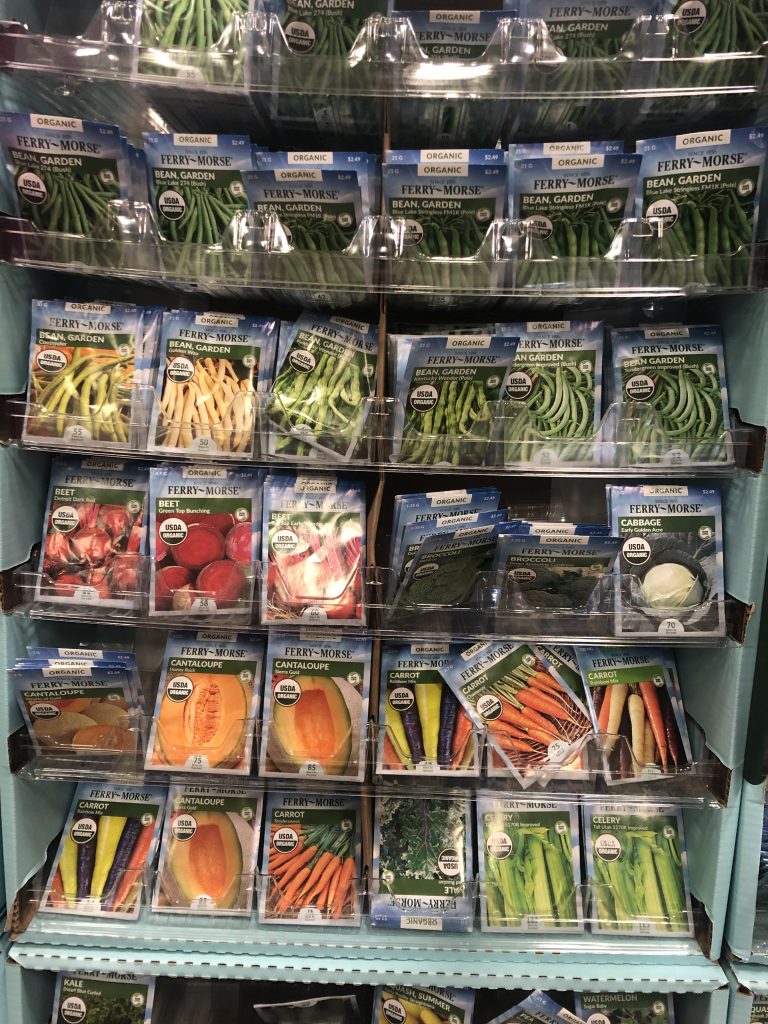
Direct Sow Seeds like Cucumbers, Peas, and Squash
There are many garden vegetables I think are much more successfully grown by direct seeding in your garden. Beans, peas, cucumbers, corn, and squash seem to do much better for me when planted directly. I think it is fun to grow a row or two of pole beans and a few rows of bush beans. Pole beans seem to mature over a long period whereas bush beans seem to all be ready at once. Just be sure to remember which kind you planted where. For corn, I like to plant a little so I can make decorations at Halloween. For eating, I have had much more success buying corn at the Farmer’s market than growing it. If you can find some Malabar spinach seeds, I think it is a fun plant to watch as it climbs up a pole. I usually end up planting at least one luffa seed. One plant makes enough bath-time luffas for an entire year. And oh, it is perfectly ok to plant vegetable seeds in the ornamental beds around your house.
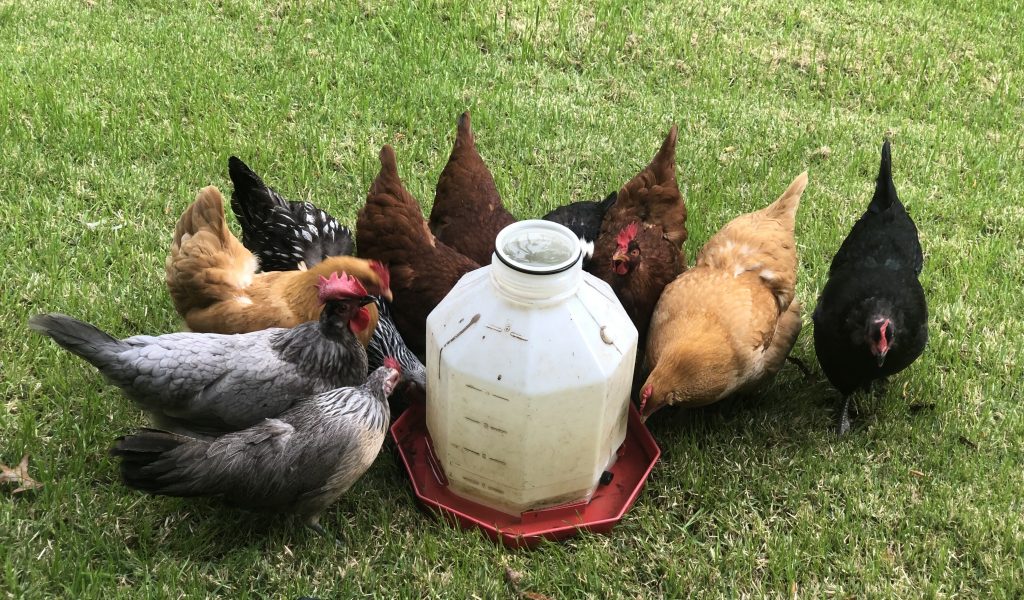
Check In with General Chores like Weeding, House Plants Upkeep, and Summer Bulbs
By April weeds have a good head start. When I pull up weeds, I make a conscious choice as to whether the weed will make good chicken food or whether it will go in the compost bin. The chickens seem to be able to turn almost anything into compost overnight. If you attack the weeds hard in April and maintain them with some weekly attention, they will not usually require a ½ stick of dynamite to dislodge the roots. When night temperatures stay near 60 move your house plants houseplants outside. They will think they have moved to their original habitat and thrive. Just be careful not to put shade-loving houseplants in the direct sun. April is also the time to plant summer bulbs like caladiums dahlias, and gladiolus. A single dinner plate size dahlia makes a great table centerpiece.
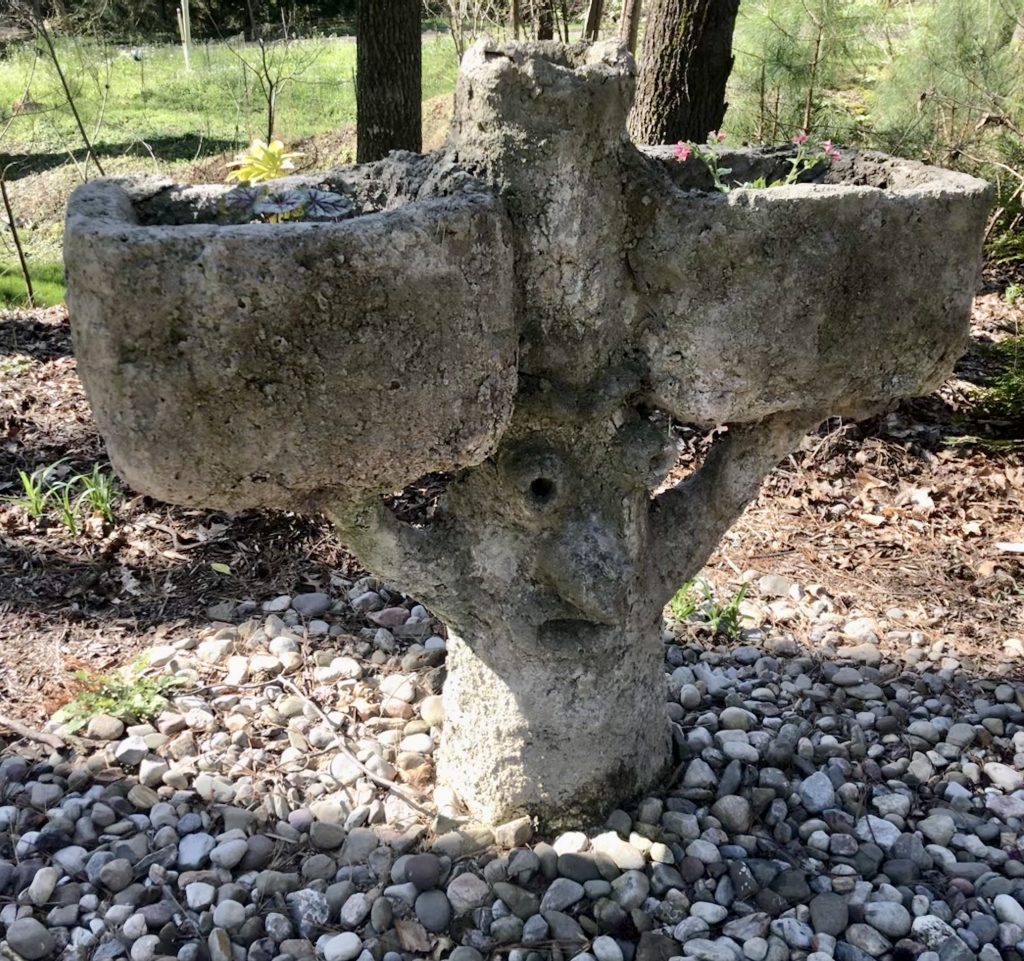
Make something Whimsical or Practical for the Garden out of Hypertufa
Tufa is a porous limestone rock that is sometimes shaped into planters. The real stuff is pricy, so I like to make a manmade version called hypertufa. Making it scratches my childhood love for making mud pies. It also has the side benefit of creating a garden statue or planter. Both of which are much longer-lasting than mud pies. I made this tree man about 10 years ago out of hypertufa. I used an upside-down tomato cage for the body and covered two frozen steak Styrofoam shipping containers with chicken wire to make the planters. I used my gloved hands to paste on the hypertufa in layers over several days.
I have also made hypertufa planters using the 1, 3, and 5-gallon plastic pots plants that come in from the nursery. Otherwise, these containers just accumulate in my garage. You can use a larger size planter for the outside mold and a smaller one for the inside mold to form the void for your future plants. Hypertufa is easy to make. Mix equal parts Portland cement, peat moss (if peat moss is hard to find you can use coconut fiber instead), perlite or vermiculite (both work equally well), and water. If you want to be exotic you can use water from a spring in Italy, France, or a melted glacier somewhere. I normally stick with Raleigh water because it’s cheap. Some people add fiberglass to the mix to strengthen the finished pots. For bigger pieces, it helps to prevent cracking. For most projects it is unnecessary. After you mix everything the wet hypertufa looks kind of like grey mudpie filling. It is now ready to use. After molding, leave the hypertufa in the mold for a day or two before releasing. I find if I give the plastic pots a good coat of spray cooking oil it is easier to get the hypertufa to release. If all else fails, use a pair of scissors to cut off the plastic. There are lots of good free videos on the Internet explaining hypertufa.
Forage!
April is when wild blackberries bloom (cultivars too). When you are driving around Raleigh pay close attention to where you see big patches of blooming blackberry bushes. These places are your key to sweet blackberry pie or jelly in July. I have my favorite spots I’ve been picking for years. I won’t ask you to tell me where you spot a proliferation of blooms if you don’t ask me where I like to pick. April is also a good month to forage. I have never gotten skilled enough to tell which mushroom will kill or delight me, so I stick with the things I know. I love to use wild onions which are everywhere in Raleigh as a substitute for chives. Smilax shoots are tasty in April. Rather than cussing April’s dandelions, why not make them into a salad, yellow flowers, and all?
Buy Azaleas and Plant Them
A drive down St. Mary’s street in April is a feast for my eyes. The colors and varieties of azaleas are stunning. Almost every garden center stocks azaleas this time of year. The Gardeners of Wake County 40th annual azalea sale is from April 8 to 17 at Campbell Rd Wholesale Nursery located at 2804 Campbell Rd. Raleigh. Funds are used to support scholarships for horticultural students at NCSU. The sale offers over 120 different varieties and more than 2000 plants – all locally grown.
I’ve enjoyed learning the difference between the single hose and double hose blooms. I love the fragrance of deciduous azaleas. It is fun to pick the right plant for the right spot in your yard. As an NC State grad, I enjoy asking my colleagues who attended UNC why one of the most popular azaleas in Raleigh is the Wolfpack Red cultivar but there are no Carolina Blue cultivars in Chapel Hill.
When you’ve finished your April work in the garden spend a little time outside at night. I look forward to the Lyrids meteor shower each year from April 16 to April 26. I am going to try to find a dark place on April 22 when the yearly show generally reaches its peak. And while you are out, enjoy being serenaded by some of the billions of cicadas that will emerge this April from 17 years of living underground. This is the year.
Mark Boone, a businessman in Raleigh, is a home-gardening enthusiast and past president of the Gardeners of Wake County.

